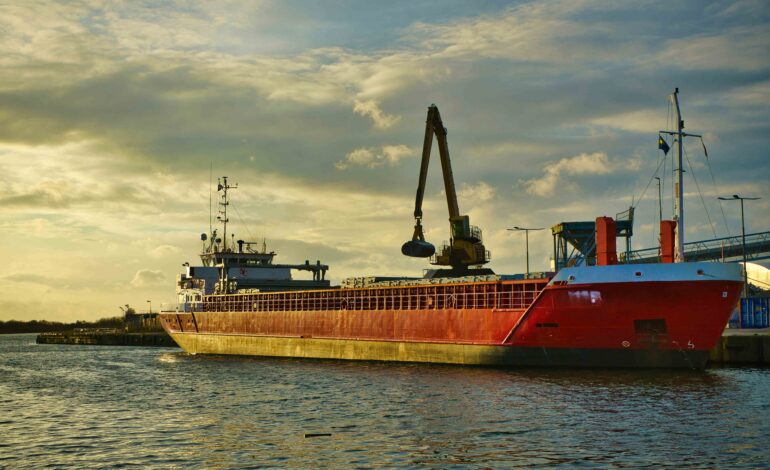
Advanced Computational Models for Bunker Fuel Combustion Analysis
Introduction
In the realm of marine engineering and environmental sustainability, the analysis of bunker fuel combustion has become increasingly crucial. Bunker fuels, which power marine engines, pose challenges related to efficiency, emissions, and compliance with stringent environmental regulations. Advanced computational models have emerged as powerful tools to simulate and analyze bunker fuel combustion processes comprehensively. This article explores the significance, methodologies, applications, benefits, and future directions of advanced computational models in bunker fuel combustion analysis.
Importance of Computational Models in Bunker Fuel Combustion
Bunker fuels, such as heavy fuel oils (HFOs) and marine gas oils (MGOs), are complex mixtures of hydrocarbons with varying compositions. Their combustion in marine engines generates pollutants like sulfur oxides (SOx), nitrogen oxides (NOx), particulate matter (PM), and greenhouse gases (GHGs). Understanding and optimizing combustion processes are critical to enhancing fuel efficiency, reducing emissions, and ensuring compliance with environmental regulations like the International Maritime Organization’s (IMO) MARPOL Annex VI.
Methodologies and Techniques in Computational Modeling
Key Approaches:
- Computational Fluid Dynamics (CFD):
- Description: Simulates fluid flow, heat transfer, and chemical reactions within combustion chambers.
- Application: Predicts combustion performance, pollutant formation, and temperature distributions in marine engines.
- Chemical Kinetics Modeling:
- Description: Models detailed chemical reactions occurring during combustion, considering fuel properties and environmental conditions.
- Application: Analyzes ignition delay, flame propagation, and pollutant formation kinetics in bunker fuel combustion.
- Multi-scale Modeling:
- Description: Integrates micro-scale phenomena (e.g., molecular interactions) with macro-scale combustion processes.
- Application: Provides insights into fuel spray dynamics, soot formation, and combustion chamber design optimization.
Applications and Benefits
Practical Uses:
- Optimization of Engine Design: Enhances combustion efficiency and minimizes fuel consumption by optimizing fuel injection strategies and combustion chamber geometries.
- Emissions Reduction: Predicts and mitigates emissions of SOx, NOx, PM, and GHGs through precise control of combustion parameters and exhaust aftertreatment strategies.
- Fuel Flexibility Analysis: Evaluates the performance of different bunker fuels and alternative fuels (e.g., LNG) to support fuel switching strategies and compliance with regulatory requirements.
Challenges and Considerations
Existing Limitations:
- Computational Complexity: High computational resources and time requirements for detailed simulations, especially in multi-physics and multi-scale modeling.
- Model Validation: Ensuring accuracy and reliability of computational predictions through experimental validation and benchmarking against real-world data.
- Data Availability: Availability of accurate fuel property data and combustion kinetics parameters for comprehensive model development and validation.
Future Directions and Innovations
Emerging Trends:
- Machine Learning Integration: Utilization of AI and machine learning algorithms to improve model predictive capabilities and optimize combustion processes in real-time.
- High-Performance Computing: Advancements in computing power and simulation techniques for faster and more accurate combustion simulations.
- Climate Impact Assessment: Expansion of models to assess the climate impact of bunker fuel combustion, considering carbon intensity and lifecycle emissions.
Conclusion
Advanced computational models play a pivotal role in advancing our understanding and management of bunker fuel combustion in marine engines. By simulating complex combustion processes, predicting emissions, and optimizing engine performance, these models contribute significantly to environmental sustainability and regulatory compliance in the maritime industry. As technology continues to evolve, integrating AI, improving computational efficiency, and expanding model capabilities will further enhance the effectiveness of computational models in tackling challenges related to bunker fuel combustion analysis. Embracing these innovations will be crucial for achieving cleaner and more efficient marine transportation systems globally.





